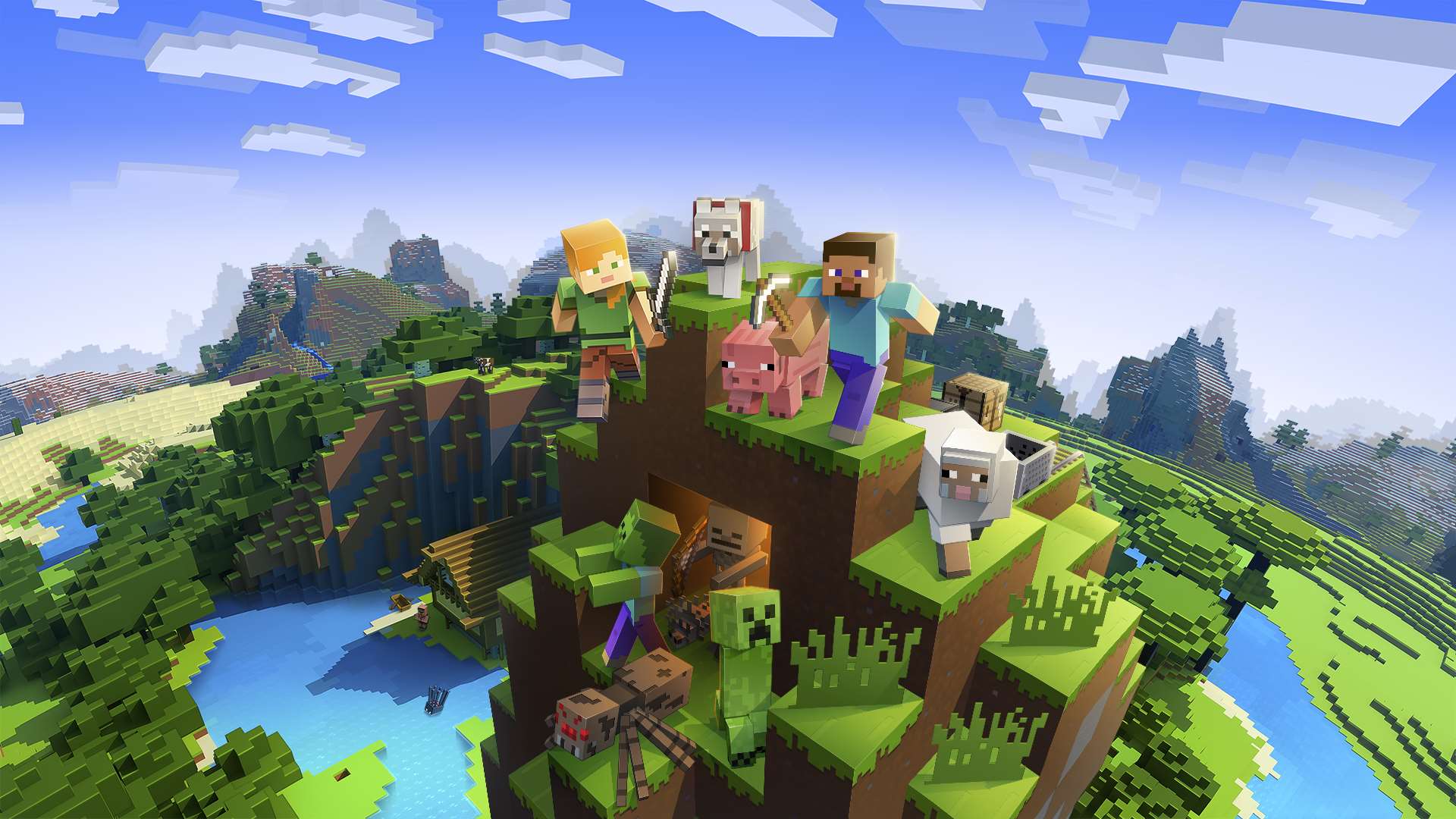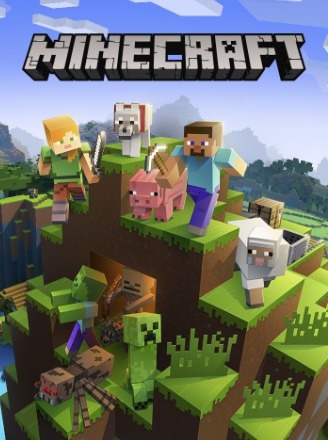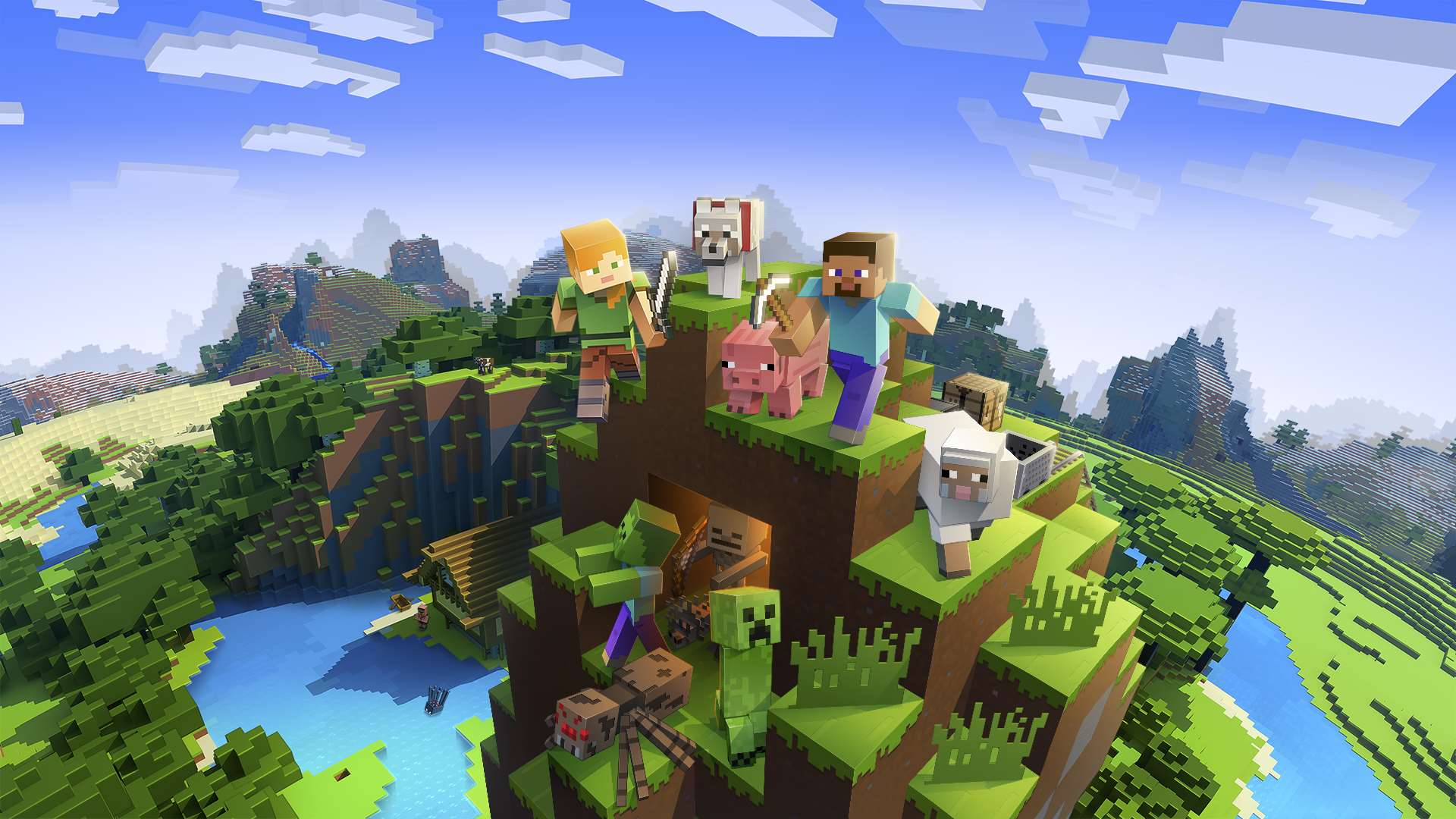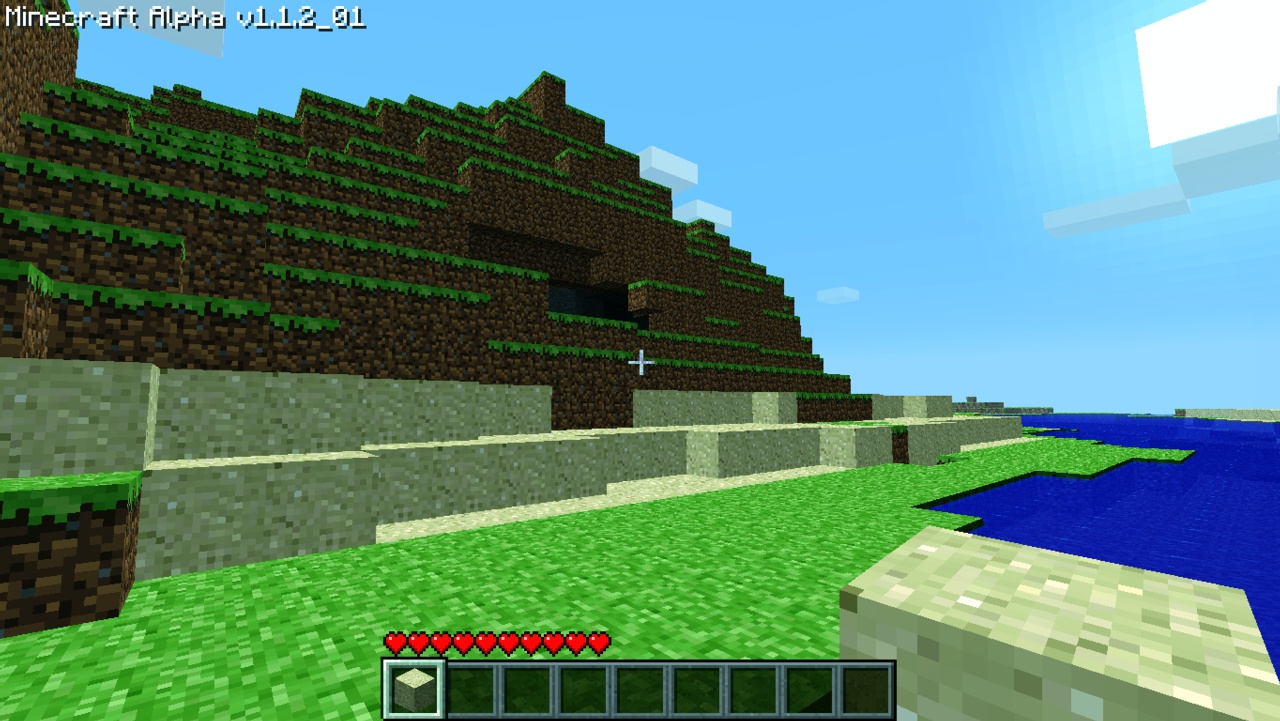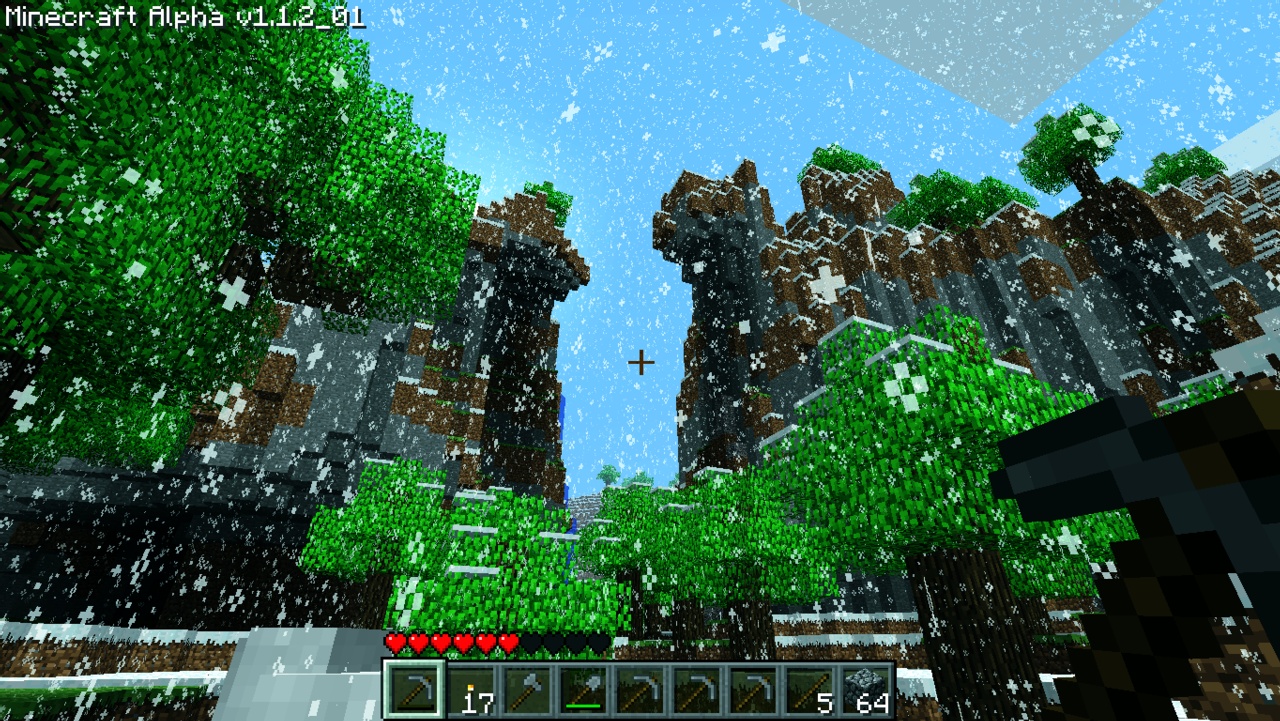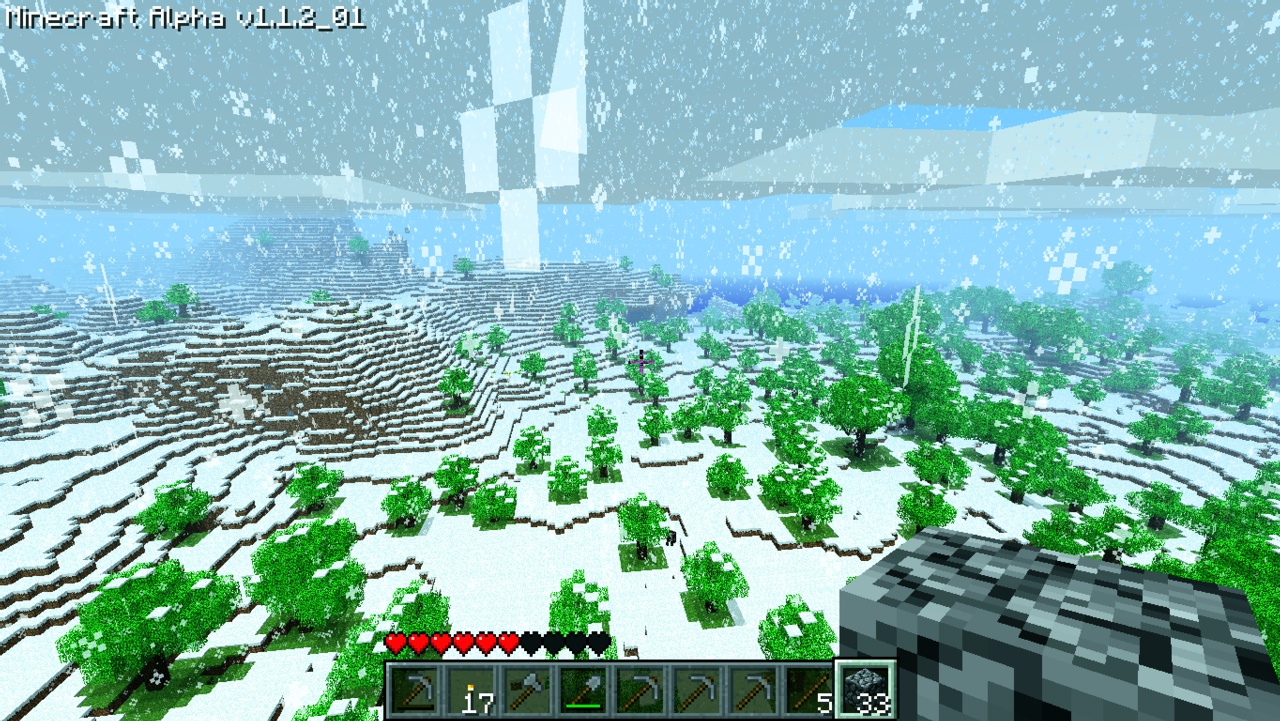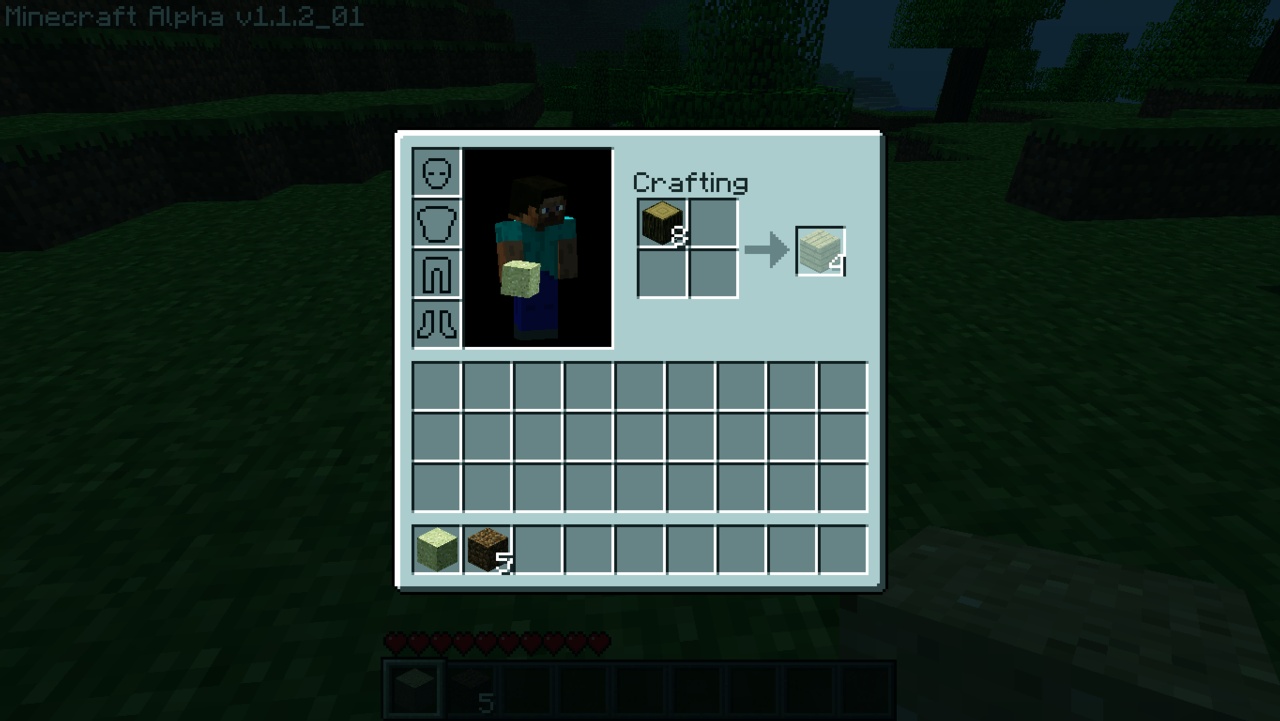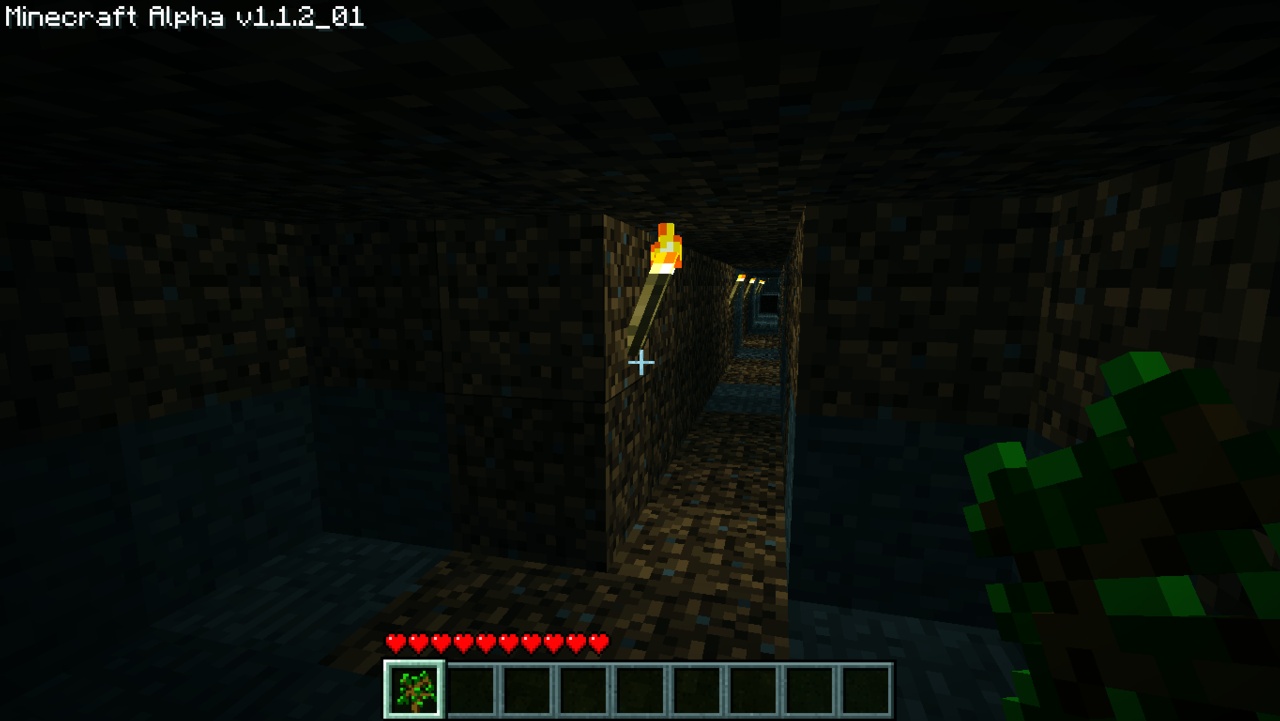In a world built from blocks and brimming with endless adventures, one game stands tall—giving players the freedom to dream, build, and survive. This game has become a cultural phenomenon over the years, captivating millions with its simplistic yet deeply engaging gameplay. Welcome to a world where your imagination is the limit; welcome to Minecraft. In this post, we’ll delve deep into an analysis of the game that not only survives but thrives in the gaming industry due to its unique concept and gameplay.
Minecraft offers a diverse gameplay experience that equally appeals to the young and old, with its endless possibilities and creativity at its core. Whether you’re crafting an empire in creative mode or braving the challenges of survival mode, Minecraft brings something for everyone. Through our comprehensive evaluation, we will uncover the magical elements that contribute to its widespread acclaim, analyzing the pros and cons, system requirements, and the captivating storylines that it offers. Stay tuned as we embark on this blocky journey!
Prices for Minecraft
Unveiling the World of Blocks
At its core, Minecraft is more than just a game; it’s a blank slate where players can write their own narratives in a universe constructed entirely from blocks. Launched by Mojang Studios, the game doesn’t follow a traditional storyline. Instead, players are dropped into a procedurally generated world, where the pixels form mountains, caves, and vast oceans ready to be explored. With each world, a new adventure awaits, guided purely by the player’s choices and creativity.
In this sandbox environment, players can choose from different modes such as Creative and Survival. In Creative Mode, the focus lies on building and crafting, liberating players from resource constraints. Meanwhile, Survival Mode tests one’s tactical prowess and resource management skills against various threats like Creepers and Zombies. The absence of a linear story allows players to tailor their gameplay experience, creating their own tales against the backdrop of this blocky universe.
Gameplay Deep Dive
Minecraft’s gameplay offers a refreshingly simple yet immensely immersive experience. The controls are straightforward, making it accessible to players of all ages. Newcomers can quickly grasp the basics, while veterans can explore complex mechanics and strategies. The game’s innovation lies in its open-ended nature—players can focus on building intricate structures, crafting items, or engaging in combat with hostile mobs.
Unlike many games with fixed objectives, Minecraft is governed by player-defined goals. This flexibility fuels creativity and ensures that no two gaming sessions are the same. For players seeking structured challenges, the game includes features like achievements and Redstone contraptions that introduce layers of complexity and provide endless entertainment. Compared to other sandbox games like Terraria or Roblox, Minecraft stands out because of its minimalist design and the sheer variety of gameplay options it offers. The harmony between simplicity and depth is what keeps players coming back for more.
A Pixelated Canvas
The graphics in Minecraft have garnered both criticism and praise for their distinct blocky aesthetic. At first glance, its pixelated visuals might seem rudimentary compared to the high-definition graphics seen in contemporary games. However, this deliberate choice plays a crucial role in the overall charm and appeal of Minecraft. The simplicity in its graphics allows for a focus on creativity and imagination, where players visualize elaborate constructions and landscapes in their minds.
Compared to graphically rich sandbox games like No Man’s Sky or Valheim, Minecraft offers a retro yet timeless visual style that has become iconic in its own right. The minimalist design also serves a practical purpose, facilitating smoother gameplay by utilizing fewer system resources. This ensures that a wider audience, regardless of hardware limitations, can enjoy the game’s full potential. In a genre crowded with polished graphics, Minecraft’s unique aesthetic invites players to look beyond the surface and embrace the beauty of simplicity.
Standout Features of Minecraft
Minecraft boasts a range of unique features that set it apart from other sandbox games. One of its most defining aspects is the procedurally generated open world, which ensures that each new game offers a fresh and unpredictable landscape. This infinite terrain provides limitless opportunities for exploration and creativity, something that more structured sandbox games might not offer.
Another standout feature is the comprehensive crafting system. Players can use gathered resources to create a variety of tools, weapons, and building materials, making crafting an essential part of the gameplay. Redstone, Minecraft’s equivalent of electrical wiring, allows for the creation of intricate contraptions and automated systems, offering a depth of engineering possibilities seldom seen in other games like Terraria or Stardew Valley.
Additionally, Minecraft’s community and modding support enrich the game exponentially. An ever-evolving range of user-generated content—from new worlds to mods and skins—ensures that the game remains fresh and engaging long after its initial release. In comparison to competitors, Minecraft’s vibrant community adds immeasurable value to its core experience, keeping it at the forefront of the sandbox genre.
The Shadows in the Blocky World
Despite its charm and widespread acclaim, Minecraft is not without its shortcomings. One of the most cited issues is the game’s graphics. While many appreciate the retro, blocky style, others find it off-putting and less visually appealing compared to other modern games that offer detailed, high-resolution textures. This can be a significant downside for players who prioritize visual aesthetics in their gaming experience.
Another concern is the steep learning curve associated with mastering more advanced aspects of the game, such as Redstone engineering and automation. While the basic mechanics are accessible, new players might find the deeper layers of gameplay overwhelming without external resources or guidance. Additionally, the game’s survival mode can sometimes feel repetitive and grindy, requiring players to invest significant time and effort in gathering resources and fending off mobs.
Finally, the multiplayer experience, although enriching, can be marred by issues such as server lag or the necessity of a reliable internet connection for a seamless experience. These elements can detract from the overall enjoyment, especially for players who wish to engage with friends across different platforms.
System Requirements and Performance
Minecraft is renowned for its compatibility across a broad spectrum of hardware, thanks to its minimalist graphics and efficient design. This accessibility is one of the reasons for its widespread popularity, allowing players with varying setups to enjoy the game. However, those who wish to enhance their visual experience through shaders or high-resolution texture packs will require more robust systems.
Here’s a breakdown of the minimum and recommended system requirements:
| Requirement | Minimum | Recommended |
|---|---|---|
| OS | Windows 7 and up, macOS Mojave and up, Linux | Windows 10 and up, macOS Big Sur and up, Linux |
| CPU | Intel Core i3-3210 / AMD A8-7600 | Intel Core i5-4690 / AMD A10-7800 |
| RAM | 4GB | 8GB |
| GPU | Intel HD Graphics 4000 / AMD Radeon R5 | NVIDIA GeForce 700 Series / AMD Radeon Rx 200 Series |
| Storage | At least 1GB | SSD for better performance and 4GB available space |
Performance varies depending on your system. While low to mid-range setups can run the game smoothly with default settings, high-end machines unlock the potential for advanced graphical mods, significantly enhancing the game’s visual fidelity. These modifications can, however, demand more from your system and might not run as smoothly on older hardware. Players are advised to adjust settings suitably, ensuring an optimal balance between visual richness and frame rate stability.
Community Buzz
The Minecraft community is a vibrant and diverse collective, each member contributing their own experiences and opinions about the game. Listening to this buzzing hive of players provides invaluable insight into how Minecraft impacts its audience. The community is generally enthusiastic, with messages flooded with creativity, nostalgia, and feedback on gameplay elements.
Here are some excerpts from the community:
“I’ve been playing Minecraft for years, and it never gets old. There’s always something new to create or explore.”
“I love the sense of camaraderie when playing on multiplayer servers. It’s like an endless playground where you meet people from all over the world.”
“Though I adore the game, I do wish there was more guidance when it gets to complicated builds and Redstone circuits. It can be a bit overwhelming without tutorials.”
These voices highlight the enduring appeal of Minecraft, celebrating both its freedom and the supportive multiplayer environment. While some players yearn for additional in-game guidance, the overall sentiment underscores a profound appreciation for the game’s boundless potential.
Crafting the Final Word
In the ever-evolving landscape of video games, Minecraft continues to stand as a testament to the power of creativity and community. Its simplistic design belies a deeply engaging experience that has captured the hearts of millions. From building colossal structures to battling lurking foes, the game offers an outlet for creativity that knows no bounds. While certain aspects, like its graphics and learning curve, may pose challenges, the excitement and satisfaction from hours of exploration and innovation outweigh these minor setbacks. Whether you’re a veteran builder or a curious newcomer, Minecraft invites you to claim a blocky piece of its universe and make it your own. As it flourishes with every update, mod, and player interaction, Minecraft truly embodies a living, breathing digital canvas, waiting to be shaped by the creativity of its players.

